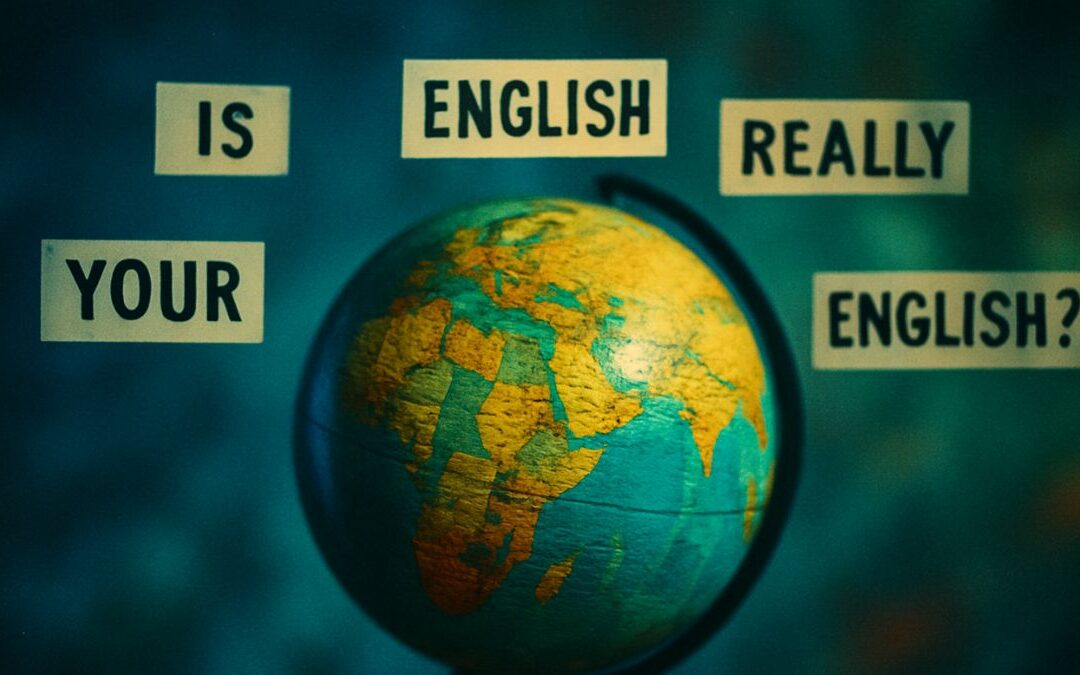Introduction & Reading Strategies
Hello, and welcome to this reading practice session! Today’s text explores the vital role of communication in resolving conflicts, a topic relevant to psychology, sociology, and international relations. Understanding passages that analyze processes and strategies is key for many academic reading tests.
To approach this text effectively and prepare for exam conditions:
- Identify the Core Process: The passage is about conflict resolution. Focus on how communication facilitates this process.
- Look for Key Strategies: The text will likely outline specific communication techniques (e.g., active listening, I-statements). Note these down mentally or physically.
- Understand the ‘Why’: Why are certain communication strategies effective? Look for explanations of how they help de-escalate tension, build understanding, or foster collaboration.
- Distinguish Effective vs. Ineffective Communication: The passage might contrast helpful approaches with common pitfalls (e.g., blaming, interrupting). Pay attention to these contrasts.
- Keep Track of Time: Building reading stamina and speed is important. Aim to read the passage and answer the 10 questions within 18-20 minutes.
Let’s examine how communication can transform conflict.
Reading Passage: The Language of Resolution: Communication Strategies in Conflict
Conflict, an inherent aspect of human interaction ranging from interpersonal disagreements to international disputes, often arises from competing interests, misunderstandings, or perceived injustices. While conflict itself is not necessarily destructive, the way it is managed significantly determines its outcome. Central to effective conflict resolution is communication – not merely the exchange of words, but a complex process involving careful listening, clear expression, and a conscious effort to understand differing perspectives. Poor communication frequently exacerbates conflict, leading to escalation and impasse, whereas skillful communication can pave the way for mutual understanding, collaboration, and sustainable agreements.
One of the most fundamental communication skills in conflict resolution is active listening. This goes beyond simply hearing the other party; it involves fully concentrating on what is being said, understanding the message, responding thoughtfully, and retaining the information. Active listening requires suspending one’s own judgment, avoiding interruptions, and providing verbal and non-verbal cues (like nodding or summarizing) to show engagement. By truly listening, individuals can identify the underlying needs, interests, and emotions driving the other party’s position, which are often obscured by accusatory language or rigid demands. Feeling heard can itself be de-escalating, reducing defensiveness and opening space for dialogue.
Complementary to active listening is the skill of clear and constructive self-expression. A widely advocated technique is the use of “I-statements” instead of “You-statements.” For instance, saying “I feel frustrated when the report is late because it impacts my work schedule” is generally received better than “You always submit the report late, and you make me miss my deadlines.” “You-statements” often sound accusatory, provoke defensiveness, and attribute blame. “I-statements,” conversely, focus on the speaker’s own feelings and experiences, explaining the impact of the situation without directly attacking the other person. This approach encourages dialogue rather than argument.
Effectively managing emotions is another crucial communication-related aspect. Conflicts are often emotionally charged, and unchecked anger, fear, or resentment can derail resolution efforts. While acknowledging emotions is important (as facilitated by I-statements and active listening), constructive communication involves expressing these emotions appropriately without resorting to aggression or personal attacks. Techniques such as taking timeouts when discussions become too heated, or reframing issues to focus on objective problems rather than personal failings, can help maintain a productive emotional climate.
Furthermore, successful conflict resolution often hinges on the ability to separate the people from the problem. This principle, popularized by negotiation theorists, encourages parties to attack the problem collaboratively, rather than attacking each other. Communication should focus on objective criteria, shared interests, and exploring multiple options for mutual gain, rather than digging into entrenched positions or engaging in personal vendettas. Skillful communicators can reframe combative language into problem-solving inquiries and guide the conversation towards potential solutions.
Non-verbal communication also plays a significant role. Body language, tone of voice, and facial expressions can convey hostility, disinterest, or openness, often more powerfully than words themselves. Maintaining eye contact (as culturally appropriate), adopting an open posture, and using a calm, measured tone of voice can help build trust and rapport, facilitating a more constructive dialogue. Conversely, non-verbal cues indicating aggression or dismissal can quickly undermine verbal attempts at resolution.
In essence, communication in conflict resolution is about building bridges of understanding in situations often characterized by division and hostility. It requires a conscious shift from adversarial debate to collaborative dialogue, focusing on underlying needs rather than fixed positions, and employing specific skills like active listening, constructive expression, emotional management, and awareness of non-verbal cues. While effective communication alone may not resolve deeply rooted conflicts, it is an indispensable foundation upon which trust can be built and mutually acceptable solutions can be negotiated.
Advanced Vocabulary and Phrases
- Inherent (adj.): Existing in something as a permanent, essential, or characteristic attribute. Usage in context: Conflict is described as an “inherent aspect of human interaction.”
- Exacerbates (v.): Makes (a problem, bad situation, or negative feeling) worse. Usage in context: Poor communication “exacerbates conflict,” making it more severe.
- Impasse (n.): A situation in which no progress is possible, especially because of disagreement; a deadlock. Usage in context: Poor communication can lead to escalation and “impasse.”
- Active listening (n.): A communication technique that requires the listener to fully concentrate, understand, respond and then remember what is being said. Usage in context: Described as a fundamental communication skill in conflict resolution.
- Obscured (v.): Kept from being seen; concealed; made unclear or difficult to understand. Usage in context: Underlying needs are often “obscured by accusatory language.”
- De-escalating (v.): Reducing the intensity of (a conflict or potentially violent situation). Usage in context: Feeling heard can be “de-escalating.”
- Accusatory (adj.): Indicating or suggesting that one believes a person has done something wrong. Usage in context: “You-statements” often sound “accusatory.”
- Entrenched (adj.): (Of an attitude, habit, or belief) firmly established and difficult or unlikely to change; ingrained. Usage in context: Parties should avoid digging into “entrenched positions.”
- Vendettas (n.): Prolonged bitter quarrels or campaigns of hostility. Usage in context: Parties should avoid engaging in personal “vendettas.”
- Rapport (n.): A close and harmonious relationship in which the people or groups concerned understand each other’s feelings or ideas and communicate well. Usage in context: Appropriate non-verbal cues can help build trust and “rapport.”
- Adversarial (adj.): Involving or characterized by conflict or opposition. Usage in context: Communication should shift from “adversarial debate” to collaborative dialogue.
- Indispensable (adj.): Absolutely necessary; essential. Usage in context: Effective communication is an “indispensable foundation” for resolution.










0 Comments